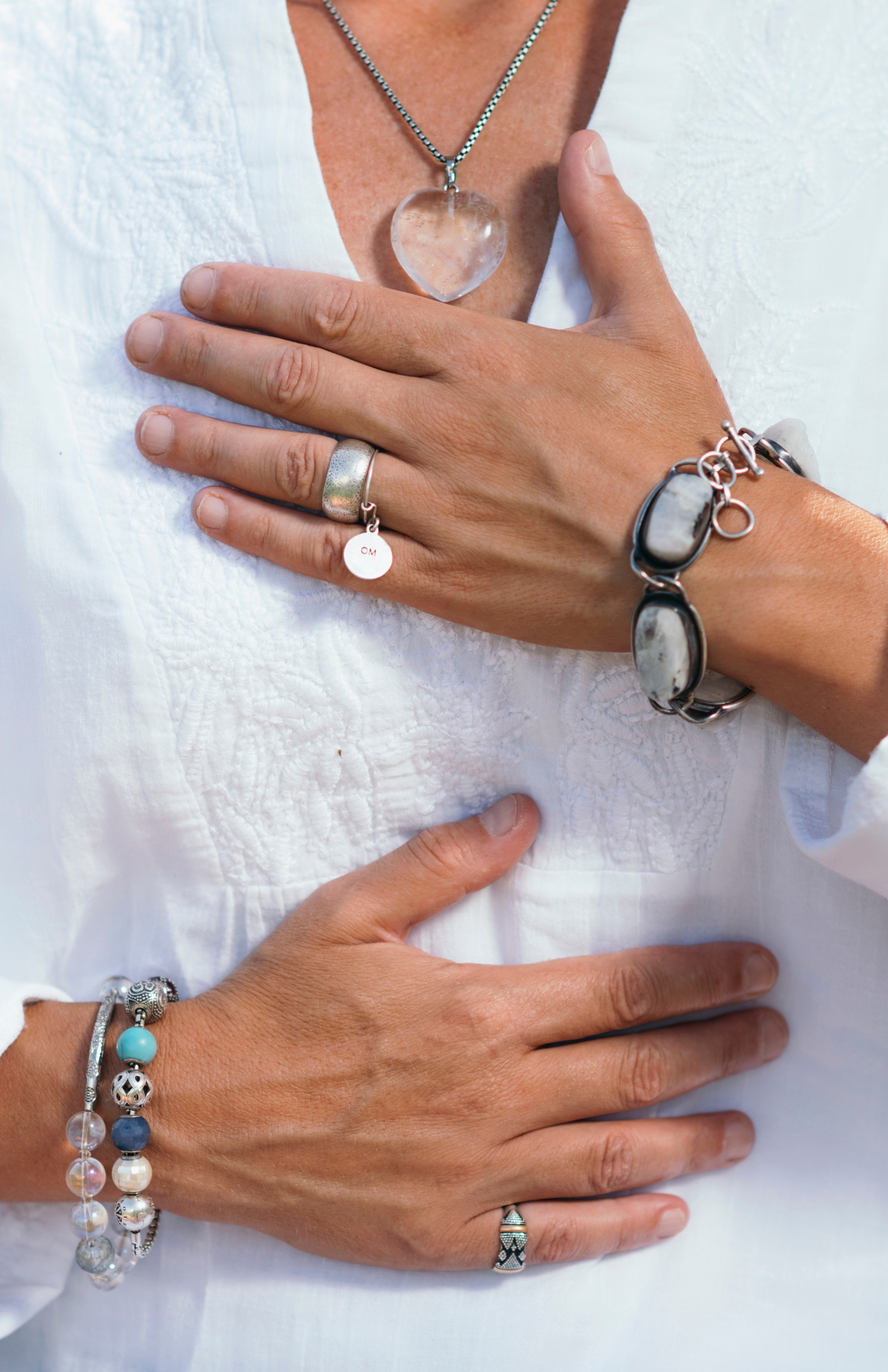I won’t budge on the topic of the title of “Mother.” Mother, as a title, goes instantly to anyone who has a baby in her belly. That being said, there are many more situations where the title of Mother has been granted.
Be it the woman who saw to take care of those not her own, or the dad who absorbed the title into his own to cover the loss as much he could.
I’ve had multiple mothers in my life, and I saw to it to use (or not use) that title very intentionally early on so as to draw boundaries and make clear my relationship with them.
By the time I was twelve, I’d prepare for Mother’s Day by making cards and school projects for my grandmothers. I’ve carried on that tradition to this day, adding only an occasional card to my mother in law when I feel up to it.
While the title is appropriately given automatically to the one who bore you in the womb, it can pick up a clarifying add-on along the way and become: “biological mother.”
You can have a mother you’ve never known. Whether because of tragedy or selfishness, this loss causes a confusion, awkwardness, and disconnect around the title of “Mother.”
It causes questions, anger, doubt, and fear. Sometimes even a solid determination rises up within you so that you can make sure to right the wrongs done to you.
The past can be a tricky thing. It can cause you to get stuck in a way that spoils the present. It can blind you to the good things you have (and even the good things that were).
So how do you get unstuck?
Part of getting unstuck is recognizing what you are stuck on.
Is it the fear? The doubt? The grief?
Once you identify what it is you’re stuck on, you can start building the tools to get unstuck.
Do you need a hammer to smash it so you can really trust it’s gone? Something to warm it and soften it so you can mold it better into what will work for you today?
It’s different for everyone.
Something that’s helped me most is reconciling my expectations with reality so that my hope button wasn’t jammed any more. I didn’t remove the button all together, I just got it unstuck so that I wasn’t always hoping for better and could continue to see the relationship with my biological mom for what it was-a relationship with someone I could trust was untrustworthy.
As I near another Mother’s Day and help my four children to write their cards to grandparents and pretend not to know they’re shopping for me with their dad, I’m thankful to be able to grow as a mother and offer them a chance at more years than I got to know me as their mother.






+ show Comments
- Hide Comments
add a comment